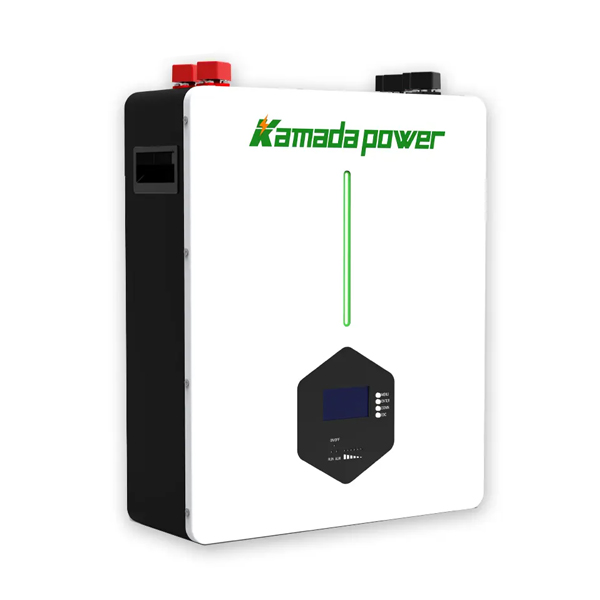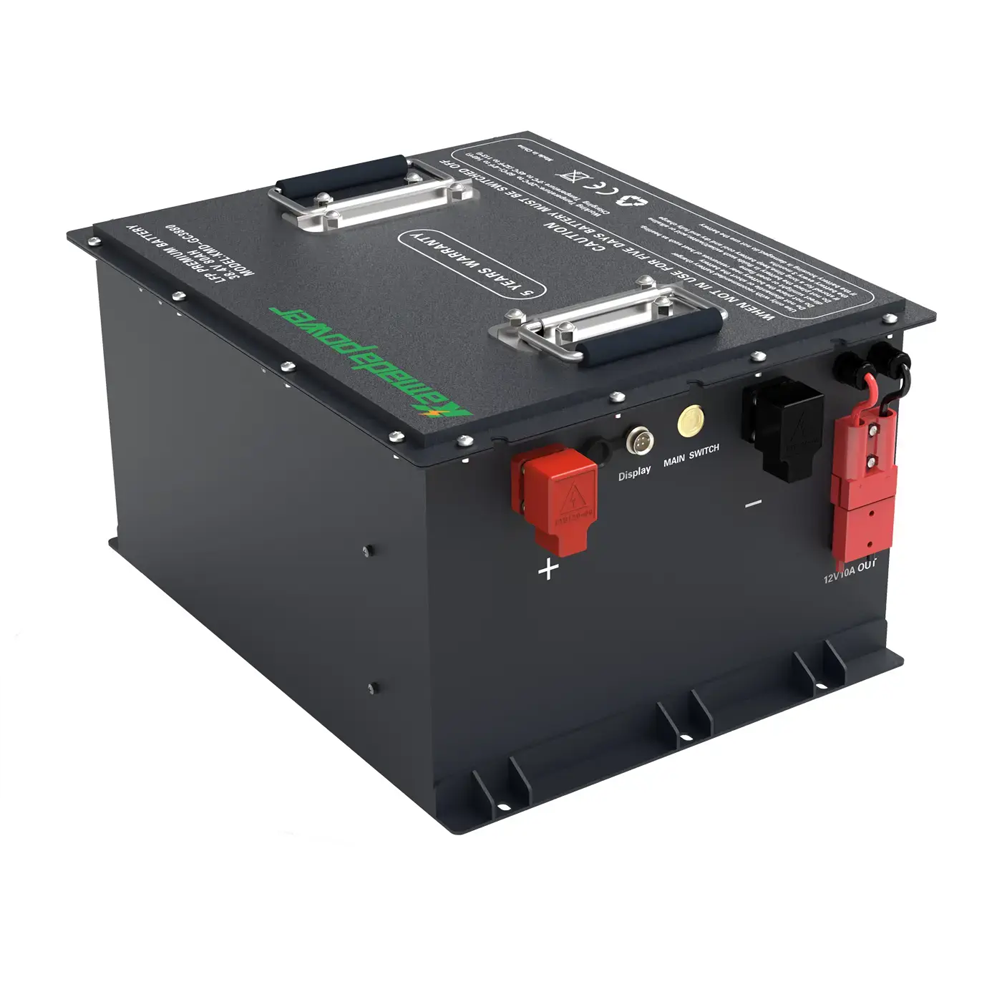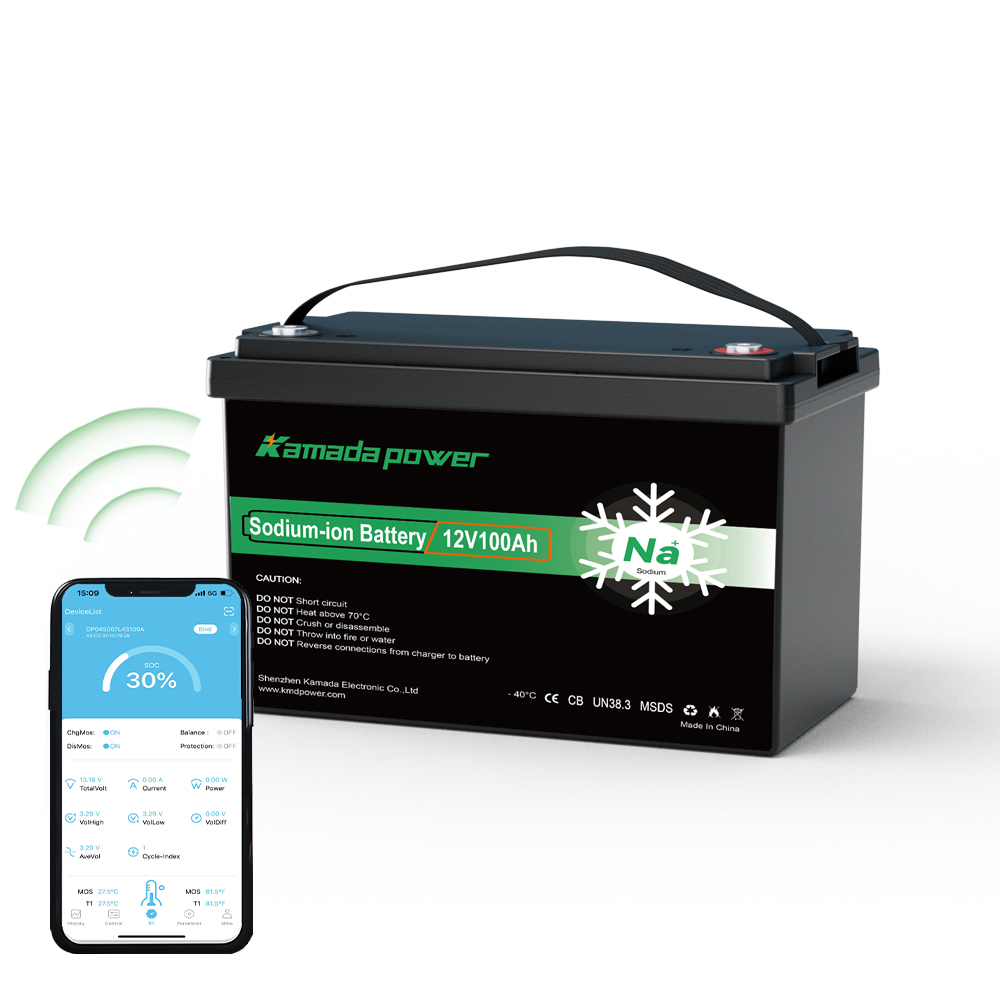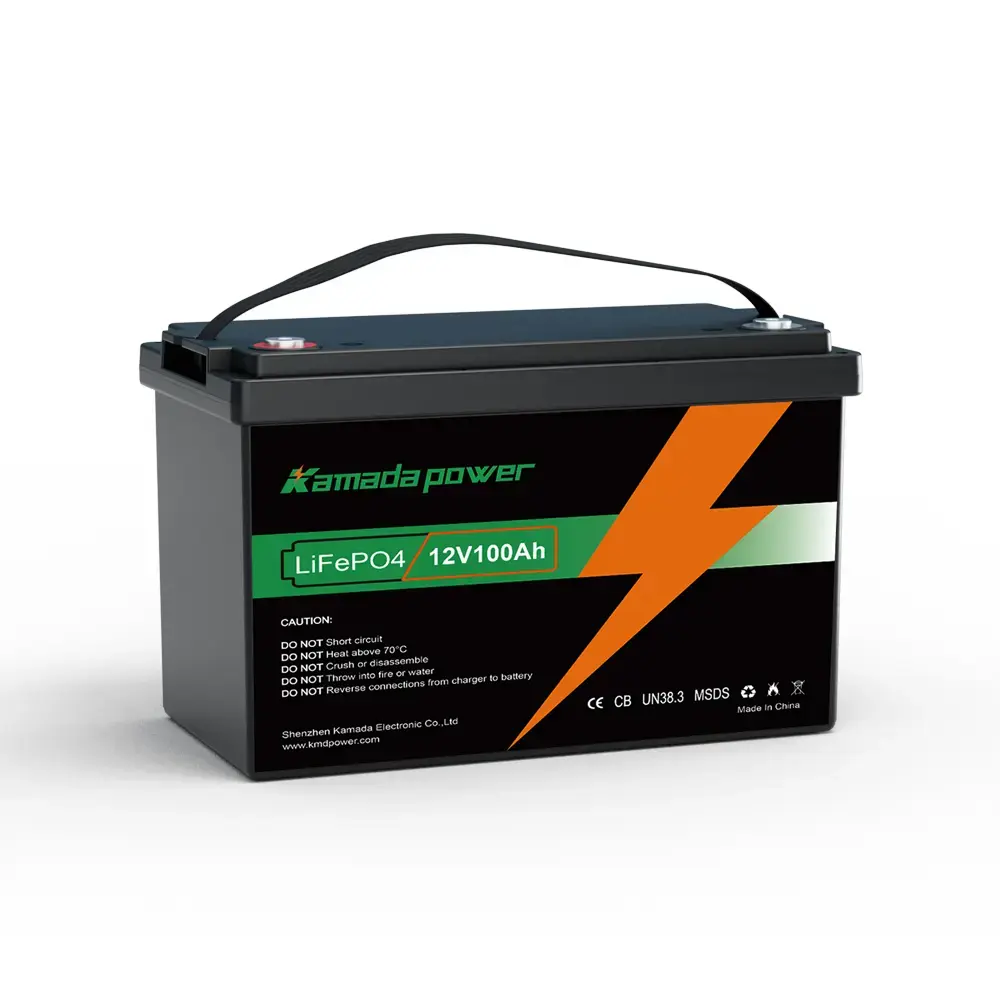How Wide is a Golf Cart? Hey folks! Ever found yourself wondering, “Will this golf cart actually fit?” Maybe you’re measuring your garage door, eyeing a narrow trail, or thinking about hauling your cart on a trailer. It seems like a simple question, but knowing the width of a golf cart is super important for many reasons.
You need to know the width for:
- Storing your cart safely in a garage or shed.
- Transporting it on a trailer or truck.
- Knowing if you can use certain golf course paths or community trails.
- Following rules in gated communities or parks.
- Understanding how stable your cart might be.
So, let’s dive deep into the world of golf cart widths. While there’s a common size, you might be surprised how much it can change!
Top 10 Golf Cart Wide
| Brand | Representative Model Example | Approx. Length (inches) | Approx. Width (inches) | Approx. Height (inches, with std. roof) | Notes |
|---|---|---|---|---|---|
| Club Car | Onward 4 Passenger (Electric) | ~108 – 110 | ~48 – 49 | ~70 – 71 | Very popular PTV model. |
| E-Z-GO | Freedom RXV (Electric) | ~94.5 | ~47 | ~68.5 | Common fleet & personal model. |
| Yamaha | Drive2 PTV (Electric – QuieTech) | ~93.7 | ~47.3 | ~70.2 | Widely used in fleets & PTV market. |
| ICON EV | i40 (4 Passenger) | ~108 | ~49 | ~74 | Rapidly growing PTV/LSV brand. |
| Star EV | Sirius 4 Passenger | ~115 | ~47.2 | ~76 | Established player in electric carts. |
| Evolution EV | Classic 4 Plus | ~112 | ~48 | ~75 | Increasingly common PTV brand. |
| Tomberlin | E-Merge 4 Passenger | ~111 | ~48 | ~72 | Focus on street-legal (LSV) carts. |
| Cushman | Shuttle 2 (Electric) | ~100 | ~47 | ~69 | Often shares E-Z-GO platforms; utility focus too. |
| Garia | Via 2 (Street Legal) | ~97 | ~48 | ~73 | Luxury segment golf/street cart. |
| Advanced EV | Advent 4 Passenger (Lifted Model) | ~116 | ~51* | ~80* | *Lifted models often wider/taller stock. |
Important:
- Dimensions are Approximate: These figures are based on manufacturer specifications for specific, often recent, base models. Actual dimensions can vary slightly based on model year, trim level (e.g., gas vs. electric), and factory options (like different roof types or standard tires).
- Width Measurement: Factory width typically measures the main body or chassis and usually does not include side mirrors, which can add several inches. Always verify if mirrors are included in the spec.
- Height Measurement: Height is generally measured to the top of the standard factory roof. Carts without roofs or with different roof styles will vary.
- Modifications NOT Included: This table shows factory stock dimensions. Any modifications like lift kits, larger/offset wheels, wider tires, fender flares, custom bodies, or different roofs will significantly alter these dimensions.
- Model Representation: Brands offer many models; the one listed is just a common or representative example. Utility models from these brands often have different dimensions.
- Always Verify: For precise measurements, always consult the manufacturer’s official specifications for your exact model and year and, if possible, measure your specific cart.
Reminder: This table provides a general overview. The actual width you need for storage, trail access, or transport might be significantly different if your cart has any modifications, especially wider wheels/tires or fender flares. Always measure your specific cart at its widest point.
How Wide is a Standard Golf Cart?
Let’s get the main question answered right away. Most standard golf carts, the kind you often see on golf courses, are about 48 inches wide. That’s equal to 4 feet.
Think about the most common carts you see – the basic two-seaters from big names like Club Car, E-Z-GO, and Yamaha. Their standard models usually stick close to this 4-foot width.
Why this size? It’s a good balance. It’s wide enough to be stable and comfortable for two people, but narrow enough to easily drive on golf course paths and fit through typical gates or shed doors.
Here’s a quick look at typical standard widths (always check the specific model!):
| Feature | Typical Dimension | Notes |
|---|---|---|
| Standard Width | ~48 inches | Around 4 feet |
| Common Brands | Club Car, E-Z-GO, Yamaha | Applies mostly to their basic 2-seat models |
| Why This Width? | Path Access, Stability | Good compromise for typical golf course use |
Key Takeaway: If someone asks for a general golf cart width, 48 inches (4 feet) is the most common answer for standard, unmodified carts.
But Wait, There’s More! Factors That Change Golf Cart Width
Now, while 48 inches is the starting point, it’s definitely not the whole story. The actual width of your golf cart can be different based on several things. Let’s break them down:
1. Manufacturer and Model Differences
Even among the big brands, there can be small differences. A Club Car Precedent might be slightly different in width compared to an E-Z-GO TXT or a Yamaha Drive2, even if they look similar. It’s usually only an inch or two, but sometimes that matters!
Different types of carts also have different widths:
- Standard 2-Seater: This is our baseline, usually around 48 inches.
- 4-Seater Carts:
- Forward-Facing: Often use the same basic frame, so the core width is similar.
- Rear-Facing Seat Kits: The main cart width usually stays the same, but make sure the add-on seat or safety bars don’t stick out wider.
- 6-Seater / “Limo” Carts: These are much longer, but often keep the standard width to fit on paths. Still, always double-check the specs.
- Utility / Workhorse Carts: These carts, built for hauling stuff, sometimes have wider bodies or cargo beds. They might be wider than the standard 48 inches. Check models like the Club Car Carryall or E-Z-GO Hauler.
- Personal Transportation Vehicles (PTVs): These are often fancier versions of golf carts for neighborhood use. They usually stick to standard widths but can have extra features that add slight bulk.
2. Aftermarket Modifications (This is a BIG One!)
This is where width can change dramatically! Many owners love customizing their carts. These cool upgrades can add serious inches to the overall width:
- Lift Kits: While lift kits mainly make the cart taller, they almost always lead to needing wider tires and wheels for stability and looks.
- Wider Tires & Offset Wheels: This is probably the most common reason a cart gets wider than 48 inches.
- Wider Tires: Just like they sound, the tires themselves are fatter.
- Offset Wheels: This is super important! “Offset” refers to where the wheel mounting surface is compared to the centerline of the wheel. A “negative offset” pushes the wheel outward, away from the cart’s frame. This creates a wider stance (good for stability, especially with lift kits) but adds significantly to the overall width. Many cool-looking aftermarket wheels have this offset.
- Fender Flares: These are plastic or rubber pieces added over the wheel wells to block mud and water (and look cool!). They stick out directly, adding inches to the width measurement. If you have fender flares, they are often the widest part of your cart.
- Custom Body Kits: Some owners replace the entire body of the cart. These custom bodies can sometimes be wider than the original factory body.
How Modifications Add Up:
| Modification | How it Increases Width | Typical Added Width (Each Side) | Notes |
|---|---|---|---|
| Offset Wheels | Pushes wheels outward from the frame | 1-3+ inches per side | Very common with lift kits and aftermarket wheels |
| Wider Tires | The tire itself is physically wider | 0.5-2+ inches per side | Often used with offset wheels |
| Fender Flares | Attach to body and extend outwards | 1-3+ inches per side | Measure to the outermost edge of the flare |
| Custom Body Kits | The new body shape itself might be wider | Varies Greatly | Need to measure the specific kit |
| Total Potential | Adds up quickly! | Can easily add 6+ inches total | A “standard” 48-inch cart can become 54+ inches wide or more! |
Key Takeaway: If your cart has a lift kit, cool aftermarket wheels, or fender flares, it’s almost certainly wider than the standard 48 inches. You must measure it!
Why Does Knowing the Exact Width Matter So Much? Practical Uses!
Okay, we know carts vary in width. Why is getting the measurement right so crucial? Here are the real-world situations where it counts:
1. Storage: Will it Fit in the Garage or Shed?
- Doorways: This is the most common headache! A standard garage door is wide, but a shed door, back garage door, or gate might be much narrower. Measure the opening of the door, not just the door itself, at its narrowest point. Remember to account for the door frame!
- Tight Spaces: Even if it fits through the door, how much space will you have inside? You need room to walk around it, store other things (like lawnmowers or bikes), and maybe even plug in your battery charger easily. [Expert Tip: Easy access for battery maintenance and charging is key! Don’t squeeze it in so tight you can’t check your water levels (if applicable) or connections.]
2. Transportation: Hauling Your Cart
- Trailers: If you use a utility trailer, you need to know the inside width between the trailer walls or railings. Your cart needs to fit comfortably between them, with a little room to spare for securing it with straps. Common trailer widths are 5 feet (60 inches) and 6 feet (72 inches), but always measure yours.
- Toy Haulers: These RVs have built-in garages. Check the width of the ramp door opening and the internal garage width.
- Truck Beds: Fitting a standard golf cart in a pickup truck bed is tricky. Most full-size truck beds are just wide enough (around 49-51 inches between the wheel wells) for a standard, unmodified 48-inch cart. Modified carts with wider stances almost never fit inside the bed (though specific flatbeds might work). Measure your truck bed’s narrowest point (usually between the wheel wells) carefully.
3. Access & Navigation: Can You Drive it There?
- Golf Course Paths & Bridges: Some older courses or paths might have narrow sections or bridges with width limits. Standard carts are usually fine, but a heavily modified, wider cart might not fit. Look for posted signs.
- Gated Communities & Resort Paths: Many communities have specific rules about vehicle sizes, including width, allowed on their private roads or paths. Sometimes there are physical barriers like bollards or narrow gates.
- Nature Trails & Multi-Use Paths: Parks and recreational areas often allow golf carts on certain paved paths, but there are almost always width restrictions posted. These can be quite narrow (e.g., 50 inches or less). A wider, modified cart might be prohibited.
4. Rules and Regulations
- Local Ordinances: While federal rules for Low-Speed Vehicles (LSVs) focus more on safety features and speed limits, your town, city, or Homeowners Association (HOA) might have specific rules about the maximum allowed width for vehicles operating on their streets or property. Always check local rules!
- Community (HOA) Rules: These are very common. HOAs often restrict the size and type of vehicles allowed, including golf carts.
5. Stability: Especially with Lift Kits
- Wider = More Stable (Usually): A wider stance generally makes a golf cart more stable, especially side-to-side. This is important if you have a lift kit, which raises the cart’s center of gravity. Using offset wheels to widen the stance helps counteract the “tippy” feeling a lift kit can sometimes cause. [Expert Tip: Stability is crucial, especially with the added weight of batteries. A proper width setup helps keep the cart planted, protecting both you and your power source.]
How to Measure Your Golf Cart’s Width Accurately
Don’t just guess! Measuring is easy. Here’s how to do it right:
Step 1: Find the Widest Point Look carefully at your cart. What sticks out the most? It could be:
- The bulge of the tires near the bottom.
- The edge of your fender flares (very common!).
- The side mirrors.
- Sometimes, the edge of the main body or a grab bar.
Step 2: Get Your Tools You just need a reliable tape measure. A metal retractable one works best.
Step 3: Measure Straight Across
- Make sure your cart is on level ground.
- Run the tape measure straight across the cart from the widest point on one side to the widest point on the other side.
- Keep the tape measure level (not dipping in the middle).
- It can be helpful to have a friend hold one end, or use two straight edges (like yardsticks or levels) held flat against the widest points and measure between them.
Step 4: Measure Different Points (If Needed)
- Tire-to-Tire: Measure from the outside edge of the bulge of one tire to the outside edge of the opposite tire.
- Fender-Flare-to-Fender-Flare: If you have flares, measure from the outermost edge of one flare to the outermost edge of the other. This is often the true widest point on modified carts.
- Mirror-to-Mirror: If your mirrors stick out the farthest, measure between their outer edges. (See next section too!)
Step 5: Record Your Measurement Write down the measurement in inches. It’s good to know it in feet too (just divide the inches by 12).
Quick Measurement Guide:
| Step | Action | Why it’s Important |
|---|---|---|
| 1. Identify | Find the absolute widest part of the cart | Ensures you have the maximum width measurement |
| 2. Prepare | Get tape measure, use level ground | Accuracy depends on proper tools and setup |
| 3. Measure | Go straight across between widest points | Avoids errors from sagging tape or angled measures |
| 4. Verify | Measure tires, flares, mirrors if necessary | Double-check different potential wide spots |
| 5. Record | Write down the measurement (e.g., 53 inches) | Have the accurate number ready when needed |
Pro Tip: Always check your manufacturer’s official specifications first! Your owner’s manual or the manufacturer’s website for your specific model and year should list the standard width. But remember, this won’t include any aftermarket modifications.
Don’t Forget the Mirrors (And Other Bits)!
One part people often forget when thinking about squeezing through tight spaces: side mirrors!
- On many carts, especially street-legal (LSV) models or those with added mirror kits, the mirrors can be the widest point.
- Important: Check if your mirrors can fold in! If they do, you technically have two width measurements: one with mirrors extended (for driving) and one with mirrors folded (for storage or tight spots). Measure both if they fold!
- Other things like extended grab bars, baskets, or custom bumpers could also potentially be the widest point. Give your cart a good visual inspection from the front and back.
Optimize Space with Our Golf Cart Batteries
When measuring your golf cart’s width, don’t overlook the power source! Kamada Power golf cart battery manufacturers offers compact, high-performance kamada power golf cart batteries that fit perfectly in standard and modified carts. Maximize your cart’s space while enjoying longer-lasting power and smoother rides. contact kamada power
Conclusion
So, how wide is a golf cart? The quick answer is usually around 48 inches (4 feet) for a standard, basic model from brands like Club Car, E-Z-GO, or Yamaha.
But as we’ve seen, the real answer depends heavily on the specific model, and especially on any modifications like lift kits, offset wheels, wider tires, and fender flares. These upgrades can easily add 4, 6, or even more inches to the total width.
Never assume. Always measure your specific golf cart at its absolute widest point before you:
- Buy a shed or trailer.
- Try to navigate a narrow path or gate.
- Assume it will fit in a specific storage spot.
Taking a few minutes to measure accurately can save you a lot of time, money, and frustration down the road. Knowing your dimensions ensures your cart fits where you need it to go and keeps your adventures rolling smoothly!








